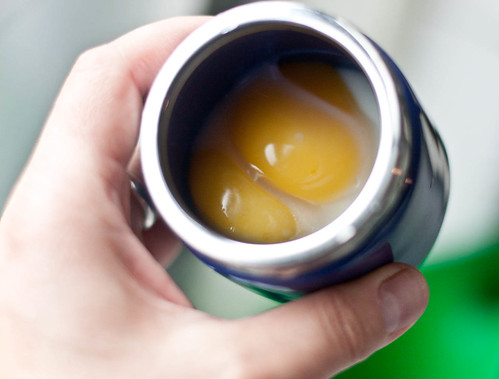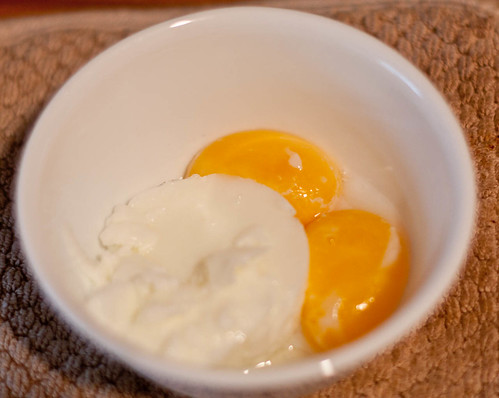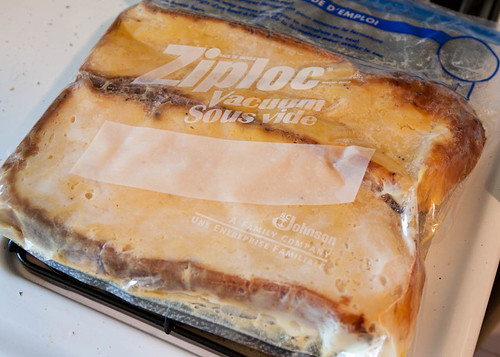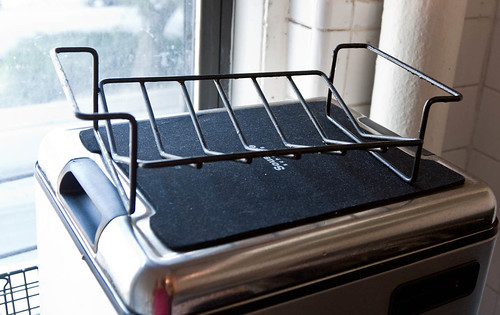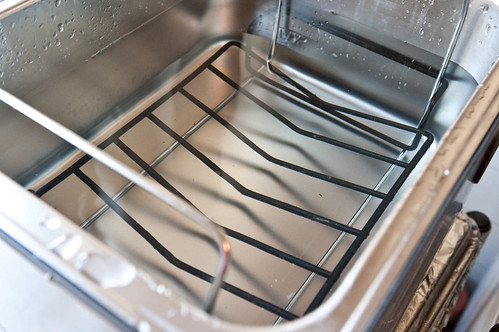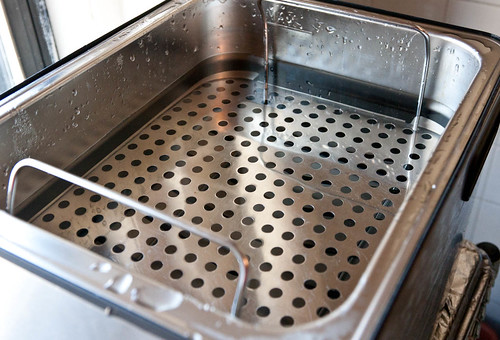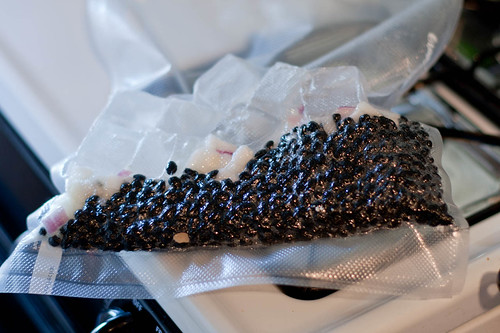Dear XXXXXXX,
Over the years we have know one another, I’ve steadfastly avoided
discussions of politics and religion, and I think that there has been a good
attitude and an agreement to disagree on several key issues of politics and
faith.
For the first time in all these years, I’m going to break with that, as
unlike in any time in my life, I think that I have an obligation to reach
out to people close to me to make a case for Barack Obama.
I ask you to step back from some of the specific issues where the
Republicans have long held their base in steadfast opposition to the
Democrats – issues that are more often than not are decided on a
state-by-state level. Divisive issues, like abortion, like gun ownership,
like tax policy – these issues are the classic “party line” issues that have
long divided this nation.
I ask that you look at the reality of what the Republican party has become,
not what they say, look at what they do. They are nothing at all like the
small government, fiscal conservatives they claim to be.
You know this – you must know it, you must see it. The deficit that we have
now – without the bailout of Wall Street, without the cost of the Iraq war,
without the tax breaks for Exxon, amounts to me and my children working
several months of every year for our entire lives just to pay the debt down.
Add in bailing out Wall Street and all of the other corporate tax breaks and
it gets worse.
So I ask you to look at John McCain as a man of the Republican party, in the
context of your own personal situation, as well as the state of the nation.
Following the economic policies of the current
Republican/Neoconservativeparty (and they are nothing at all like
actual Conservatives), we have seen:
- The ascendancy of China through trade policies that sacrificed American
workers for cheap Chinese labor producing deadly toxic goods.
- Wasting the lives of our military men and woman chasing phantoms in Iraq
while Bin Laden walks free in Afghanistan, where we should be.
- Supporting tax breaks for Exxon – a company with the largest profits of
any company in history – while denying tax credits for alternative energy
development
- Allowing United Airlines and other companies to gut the provisions of
their pension plans, while letting their CEO’s walk away with millions.
- The highest profits ever recorded by the health insurance companies and
pharma industry and the largest number of uninsured Americans unable to get
basic preventative health care.
- The systematic looting of the financial system, leaving you, me, our kids,
grand kids and great grandkids with the largest deficit ever recorded
outside of wartime (and soon to surpass that)
- The overall REDUCTION in take-home wages in the middle class
- The largest INCREASE in income for the top 1% of Americans ever known
- The most authoritarian government, with the most egregious violations of
the constitution ever seen, eradicating one basic right after the other.
- And, as of now, the attempt at the establishment of a
government-controlled financial system that absolutely DWARFS anything you
could ever find in Europe and is nothing less than a gift to the bosses of
Wall Street for their unspeakable economic crimes against America.
There’s more – much more – that I could go into, and while the Democrats are
hardly free of all blame for this, their biggest crime for the last 8 years
was not working hard enough to get elected.
The Neoconservative movement that hijacked the Republican Party leaves
nothing like the party of Lincoln or even of Richard Nixon, who by
comparison was a rank amateur to Karl Rove and company.
I know that Obama is a flawed candidate, and I do have some concerns about
his “experience” in some areas. For example, I’m a strong supporter of
individual gun ownership, I don’t think that public education works at all
anymore (but it can be fixed, maybe), and I grit my teeth when I see that
Obama voted for FISA, which essentially killed the fourth Amendment.
I have the recent Supreme Court decision of US v. Heller on the second
amendment to back me up on the guns, and I have hope that FISA and its
cohorts will be fixed one day. I think they can be.
There are other minor issues where I don’t think Obama is right, and on some
I’m in basic opposition. But there’s enough on the big picture items – the
economic policies, the technology, the plain old fashioned politics of
compromise to move everyone forward a little bit rather than moving some
ahead at the expense of others – an country where we can at least get to
something less punitive on the working person.
I’ve seen the results of the McCain “experience” of the last 8 years (plus
his many years in Washington DC), and if you can honestly say that you feel
better about the future of America today – after 8 years of the Bush
doctrine – which McCain supported 100%, never once voting against a proposed
Bush item – then do what you must.
McCain is no stranger to financial mis-deeds, with his previous involvement
in the Savings and Loan collapse (he was a member of the infamous “Keating
5″) and his wife’s business involvements with the Arabs are many and deep.
He’s not a “man of the people” at all, he’s a company man, through and
through.
If you think CEO’s are over-paid, if you think that the richest people
should pay their fair share of taxes, if you think that the government
should be by, for and of The People, not the corporations, please, I beg
you, vote for Obama.
If you want to see your Grandchildren grow up in a world where America is
actually a kinder, gentler nation, where we take responsibility first for
our people and planet, not for the few oligarchs at the head of the Fortune
500 – where you and I will pay less taxes than a big company with all kinds
of tax breaks – where my children will be free to ask questions of their
leadership, to gather in protest to get redress for their grievances without
fear of being tasered or beaten for the “crime” of peaceful protest, where
their Vice President is competent to step into the job of President at a
moment’s notice, I beg you, vote for Obama.
Although you know I am not a religious man, I ask you to consider your
faith, and to ask yourself, would Jesus condone a man who, like John Mc
Cain, abandoned his wife after she was crippled in a car wreck and married
another woman one month later? Is it Christian to condone the torture of
another human being?
Help your fellow man. That’s a basic rule, isn’t it?
Consider his position on health care, from http://www.johnmccain.com/
Informing/Issues/19ba2f1c-c03f-4ac2-8cd5-5cf2edb527cf.htm
“John McCain Believes The Key To Health Care Reform Is To Restore Control To
The Patients Themselves. We want a system of health care in which everyone
can afford and acquire the treatment and preventative care they need. Health
care should be available to all and not limited by where you work or how
much you make. Families should be in charge of their health care dollars and
have more control over care.”
Sorry, but that’s absolute BULLSHIT. A system where “Families should be in
charge of their health care dollars and have more control over care” still
places the financial burden of health care on FAMILIES and profits in the
pockets of insurance companies. Read the words the man has posted. His
proposal has nothing – nothing at all – that will change anything in health
care. You saw the medical bills from the car accident with your own children
20 years ago – today, that would be a million-dollar accident, and what
average FAMILY is in control of $1,000,000 they can spend on healthcare?
OH WAIT – A family where they are not sure how many houses they own, but
they might have written it down somewhere in the family jet (which costs
$6,000 an HOUR to operate, by the way). McCain’s Family isn’t our family,
it’s not your family, his financial reference points have nothing to do with
yours or mine and simply can’t.
How about High tech – an area where I’m certainly interested, but I’m more
interested on behalf of my kids. We’re 25th in the world in terms of
high-speed internet. And falling behind places like Boliva and Argentina and
even Latvia. LATVIA!!! We have poorer internet and mobile phone
infrastructure than LATVIA!
But McCain’s site says: http://www.johnmccain.com/Informing/Issues/cbcd3a48-
4b0e-4864-8be1-d04561c132ea.htm
“John McCain is uniquely qualified to lead our nation during this
technological revolution. He is the former chairman of the Senate Committee
on Commerce, Science and Transportation. The Committee plays a major role in
the development of technology policy, specifically any legislation affecting
communications services, the Internet, cable television and other
technologies. Under John McCain’s guiding hand, Congress developed a
wireless spectrum policy that spurred the rapid rise of mobile phones and
Wi-Fi technology that enables Americans to surf the web while sitting at a
coffee shop, airport lounge, or public park.”
Let’s see, under John McCain, he was on the committee that has been
responsible for on “legislation affecting communications services, the
Internet, cable television and other technologies” .
Uh-huh. And in the intervening years, we’ve seen the USA open up the
commercial Internet, and then fall behind. We have one of the WORST mobile
phone infrastructures in the world. In japan, you can do 2-way video
conferencing from your mobile phone. Home internet connections are 10 times
faster than the fastest connection in the USA and cost $29 a month). So,
what’s the result of a technology policy from a guy who has never used
Google? – oh wait – he called it The Google. Give me a break. You’re more
technologically advanced than McCain – far more.
OK, I’ll stop with the policy for policy comparison and leave you with this.
Do you remember JFK? Do you remember when in the USA it seemed that there
was potential – where there was more we could do as a nation than just what
I want or what you personally want? I can’t. You know why? Because the very
first memory I have of politics was the Watergate scandal. I watched Nixon
resign on live TV August 8th 1974. I was exactly the same age Martin is now,
and all I remember was that the President was a crook who lied and left the
office in shame. His crony Gerry ford let him walk free. That’s the first
political memory I have.
Today, Martin asks why I support Obama, and I tell him that it’s because
Obama isn’t what we’ve had in office for almost his whole life – a failed
administration, with policies that have curtailed my economic opportunities,
that have cost me my ability to save for his future, as my salary has not
increased (in inflation adjusted dollars), since the day he was born (in
fact, accounting for inflation I make about 15% LESS than the day Martin was
born in 1999), while in the same period, billionaires have been created with
the money made from the productivity gains and lowered salaires of American
workers. Thanks to our “free market health care system” This year, I spent
more on healthcare than any other expense including my mortgage. Since 1999
I’ve seen us go to war against a nation that never attacked us, I’ve seen
the steady erosion of my civil liberties in the name of “freedom” and I’ve
seen no end to the rise of corporate power while my own rights have been
diminished.
I don’t want my kids to grow up with any more years of that, and McCain -
who has always voted in favor of Bush policies, without exception, is
another of the same of the Neoconservative cloth. He’s no Maverick, he’s no
leader, he’s a member of the power elite and he is absolutely corrupt to the
last creaky bone of his decaying body.
I won’t even bother with the issues that come from picking the basic
equivalent of a Township supervisor as a running mate, other than to say
that “likeable” is a great quality, but it does not make up for a total lack
of competence.
My kids have their whole lives to lead, I believe in my heart that with
Obama in office they will have a better life, and a better future than with
McCain. Please consider this on Election day.
]]>






